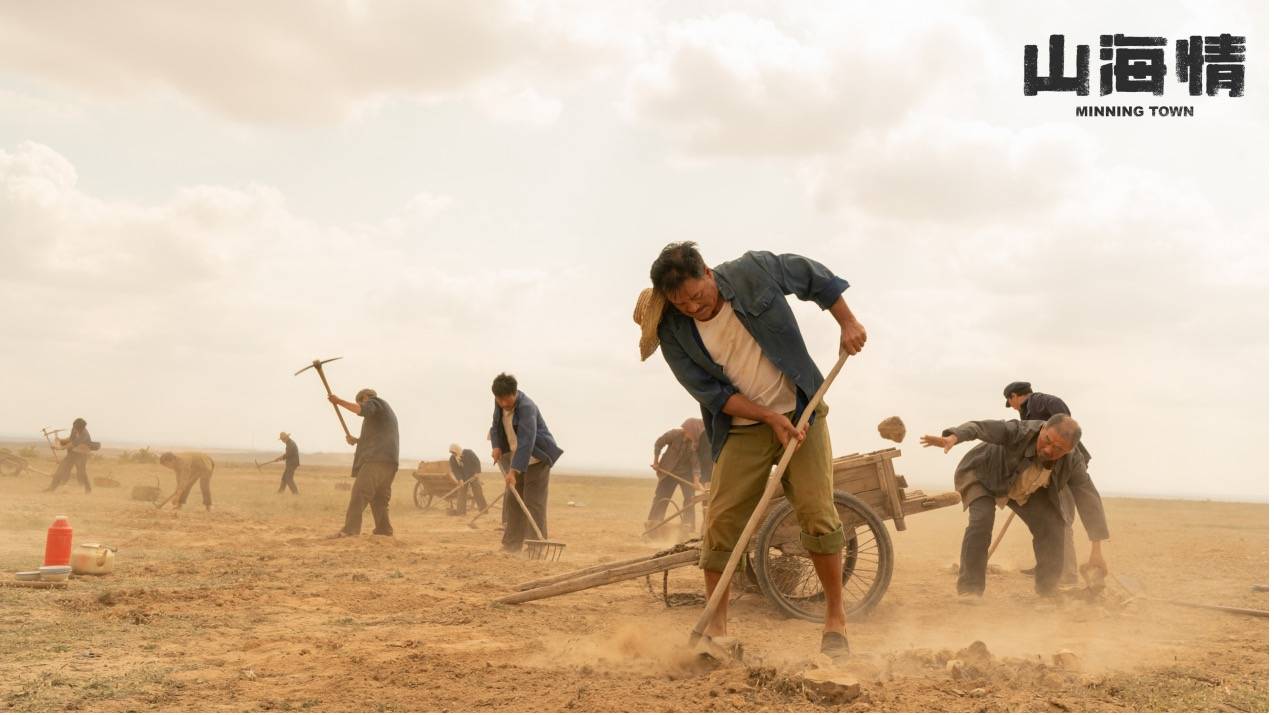Attempts are being made to tell what is arguably the most important story of the modern era: how a huge proportion of humanity has recently been raised from starvation level poverty to health and dignity. And, finally, someone has told the story really well – and in a suitably modern way, as an exciting, episodic TV show that millions of people are binge-watching. Emily Zhou welcomes you to Minning Town, the series.
SEVENTEEN CENTURIES AGO, a Chinese philosopher named Ko Hung realized that a community could achieve great things even if they were parted by geography. “Nothing, not even mountains and oceans, can separate people with shared goals and vision,” he wrote in his book, “The Master Who Embraces Simplicity.” He was right—and a real life event captured in a hit TV series has captured that spirit really well.
REAL LIFE PLOT:
In the 1990s, cities along the southern and eastern coastal areas of China marched towards prosperity after years of economic growth. In contrast, the faraway villages in the hinterland were still struggling in desperate poverty. To try to solve the problem, the Chinese government decided to match Fujian (福建省) and Ningxia provinces. Building relationships between relatively rich areas, and poorer parts of the country, was a key plank in the poverty-alleviation effort. Fujian was a pioneering developed province in southeastern China.
Over the following decades, technologists and professors went deep into Ningxia, leading people in the poorest village to move out from mountains to the plain near Yinchuan (銀川, capital of Ningxia) and turn the sterile desert to a fertile farmland. In memory of Fujian’s great contribution, the plain was named as “Minning Town” (閩寧鎮) a portmanteau name made of the abbreviations of parts of the names of two provinces “Min”(閩) and “Ning”(寧).
ON-SCREEN PLOT:
The TV series used a real location in Ningxia for shooting. The blowing dust and endless drought reminded people of where this story started, 20 years ago. All the actors soon had chapped lips and rough red cheeks, thanks to the winds and high altitude. The poverty was bitterly visible.
Professor Lin Zhanxi (林占熺) was one of the outstanding contributors to the development of Minning Town. In April 1997, Professor Lin took six boxes of mushroom spores to Ningxia. Recalling his first visit to this barren land, he said the poverty was beyond his imagination, seeing “no bird flying in the sky, and running on the land only stones”.

The hill-dwelling villagers had been moved to the plain but told him they would rather go back home to the mountains. They were still living in poverty, and here on the plain they lacked water and electricity. Without being able to grow anything, what could they do but give up ploughing?
“Only a quick profitable project can help people settle down here,” Professor Lin thought. He decided to teach villagers to grow mushrooms for a living. Also, he hoped the first time would be successful, so that more people would be attracted to try it. However, northern China had never been a place to grow mushrooms – the dry, cold climate and large temperature difference between day and night were not suitable for fungus growth.
He could not sleep at night, thinking over and over again about how to solve the problem. Fortunately, he got an idea: local cave dwellings could keep a relatively constant temperature and humidity, which were similar to conventional labs. Soon after that, Professor Lin led villagers set up greenhouses in the caves and began his experiment. In order to check the temperature at all times, he lived in a cave dwelling from dusk to dawn. After half a year of effort, the first batch of mushrooms was ready to harvest.

At first, selling them was not easy, but in the following year, Professor Lin successfully established a distribution and sales network. Soon, 27 local families were getting an average income of more than 2,000 yuan (US$310) from only one mushroom greenhouse: the money exceeded the normal profit from 27 acres of wheat land.
Since then, the mushroom industry has been booming in the desert. Minning Town has continuously been airlifting nearly 60 tons of mushroom to Shanghai every year from 2005 till now. At the peak, the cargo holds of planes flying from Yinchuan to Shanghai were filled with mushrooms planted in Minning Town.

Professor Lin’s happiest moment was watching villagers building new houses and buying home appliances with the money made by planting mushrooms. “The new life of Minning villagers was exactly my best research paper,” he said.
DISAPPEARED DESERT
Today, if you go to Minning Town and have a look, the bare land covered by hard stones and sand have already disappeared without a trace. People are now living in modern buildings, enjoying the same amenities and facilities as people in big cities in China. The town has hospitals, supermarkets, schools… it is hard to imagine that such speedy development took just 20 years.

Professor Lin’s story was just the tip of the poverty relief iceberg, of course. A number of people from Fujian Province devoted their youth and efforts to this land.
I come home an old man.
I was young when I went away.
My accent has not changed at all
but my hair is now gray…
This strong connection, which spans more than 2,000 kilometers, will last forever. Because they are a team with shared goals and vision, as the philosopher said.
Most images are from the TV show, Minning Town. Some information from a QQ source at this link.
